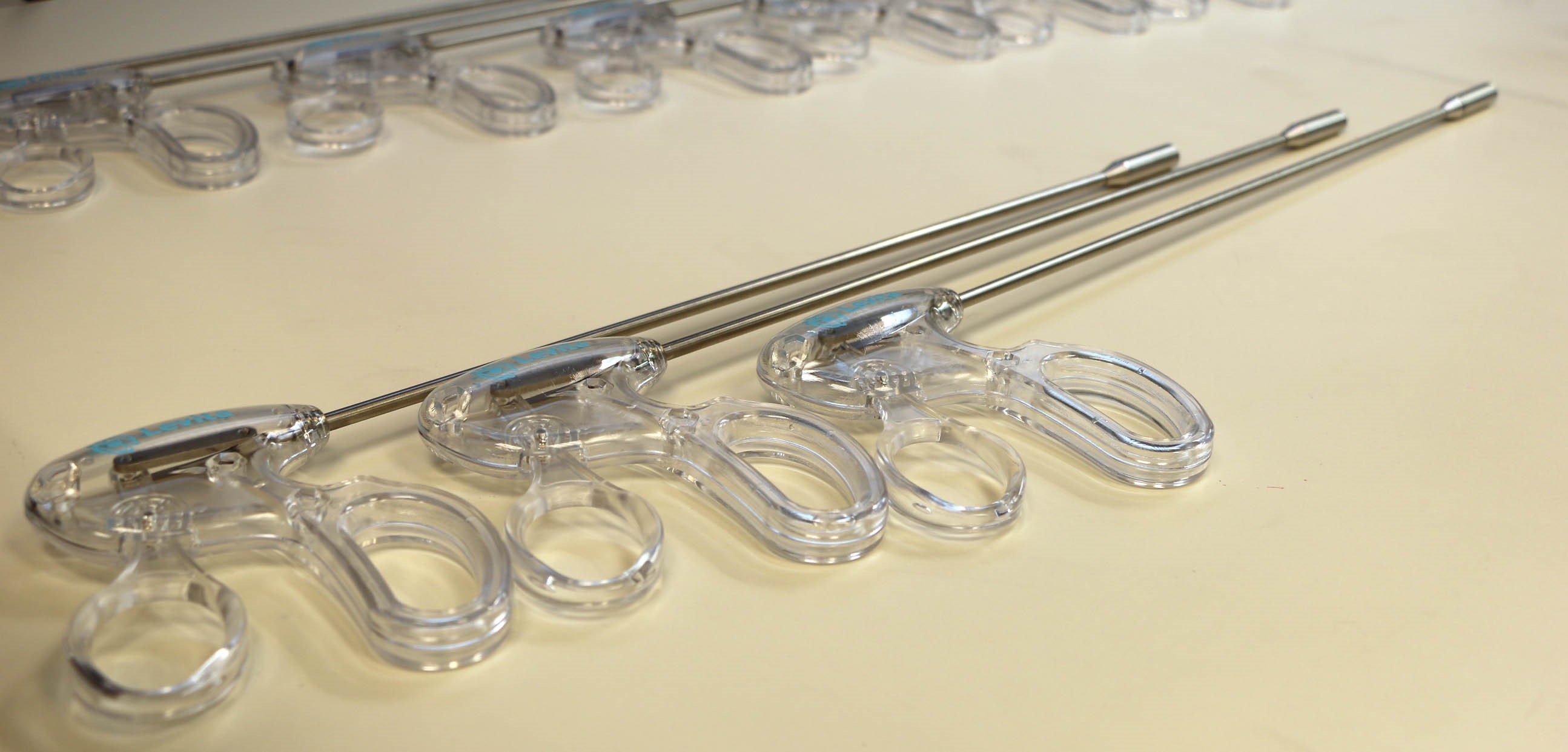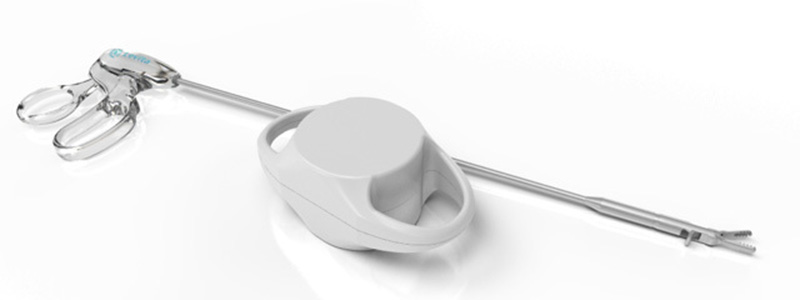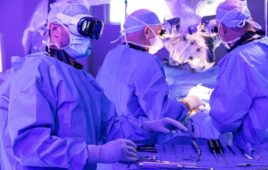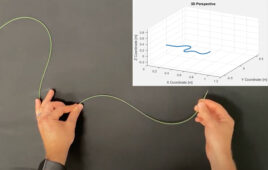When the Levita Magnetic received CE Mark and FDA clearances earlier this year, the device was deemed so unique that the latter agency created an entirely new category to accommodate it. Initially indicated for use in cholecystectomies, the flagship device offering of Levita Magnetics, Inc. is being positioned by the company as the very beginning of a wide-ranging evolution in minimally-invasive surgery.
Developed by Alberto Rodriguez-Navarro, MD, FACS, the company’s founder and CEO, the surgical platform uses magnetics to retract and maneuver the gallbladder, which creates a clearer operative field because the methodology eliminates the need for a dedicated trocar.
To get a sense of how this novel device is employed in the OR, Surgical Products spoke with Homero Rivas, MD, MBA, FACS, FASMBS. Currently the director of innovative surgery at Stanford University, Rivas has been an early user of the Levita Magnetic. He is also the lead author of the report on the first prospective clinical trial using the device, published recently in Annals of Surgery.
Can you tell us about your specific experience with the Levita Magnetic Surgical System?
I met Dr. Rodriguez-Navarro probably five to six years ago. I was introduced to his platform. I thought it was very innovative, especially having seen other platforms. I was very impressed with the way that he almost single-handedly brought together a group of experts and made this device FDA-approved. And now that he’s bringing it to market, I’ve been involved with him in the pre-FDA clinical trial for each approval, which was conducted in Chile over the last few years. Now I’m one of the first surgeons in the U.S. using the Levita Magnetic clinically, with great success.

(Image credit: Levita Magnetics)
You’re using it for gallbladder surgery, which is what it’s indicated for. That’s correct?
That is correct. For the most part, that’s what I have been using it for. It is a very versatile platform, and I am sure in the near future it will be utilized for many other applications.
For surgeons who are thinking about using this device, can you talk about how the procedure itself is different with the Levita?
This is a very new concept in the sense that — just to give you an idea — the FDA did not have category of magnetic instrumentation until they encountered Levita Magnetic and until they approved it. The easiest way to think about it is this: it will enable physicians to utilize one less port when they’re doing a laparoscopic surgery, and the instrument that will be magnetically levitated in the abdomen or magnetically used will have a scope of space. It will be able to reach many different areas within the abdomen without a fixed point. You can bring the instrument into the abdomen through a trocar — a single trocar — that could be located anywhere in the abdomen. But then that instrument will be moved around pretty much through all quadrants of the abdomen with an external magnet, without the constraints of a fixed point that you usually have with a conventional laparoscopic surgery.
Can you talk about how does this device compare in terms of ease of adapting to it? What’s the learning curve like?
It’s extremely easy to learn, very user-friendly. With no question, there will be some new concepts — mainly concepts that surgeons will need to learn as far as magnetic forces. While there are very few magnets in the operating room, if any, there are things that are attracted to magnets. So you have to have some degree of basic safety when you’re handling the device, especially the external magnet. Because other instruments and other devices could be attracted to it. As far as the usage of the magnet itself and the external grasper, it is something that is very straightforward. There’s very little learning curve when it comes to using that magnet itself.

(Image credit: Levita Magnetics)
Do you feel like you have more control over the surgery with this tool?
You have more versatility, you have far more freedom to do things. In that sense, because you will rely less on someone else, yes, you’ll have more control. You don’t want someone to move that much — with this, you’ll be able to just place it where you want it, it’ll be fixed, and then you can carry on with your operation. And if you need to move it somewhere, then you can take care of that as well. It’s a step forward to that. I think the most important thing is the versatility — that you don’t need a port and you’re constrained to the place where you put the first one.
Anything else you’d like to add?
As a surgeon, the ergonomics of your port placement, for one reason or another, might not be optimal. With this you don’t have to worry about it because you will always make it optimal. You have that freedom of moving that external magnet. And I think that’s great. I think this will be great in robotic surgery, especially where sometimes the ergonomics of where you put your arms can be critical. With this, it won’t be as bad because you can move it around in a much easier way. The same way that it aids the operation for laparoscopic surgery, it can do that for robotic surgery, as well.




